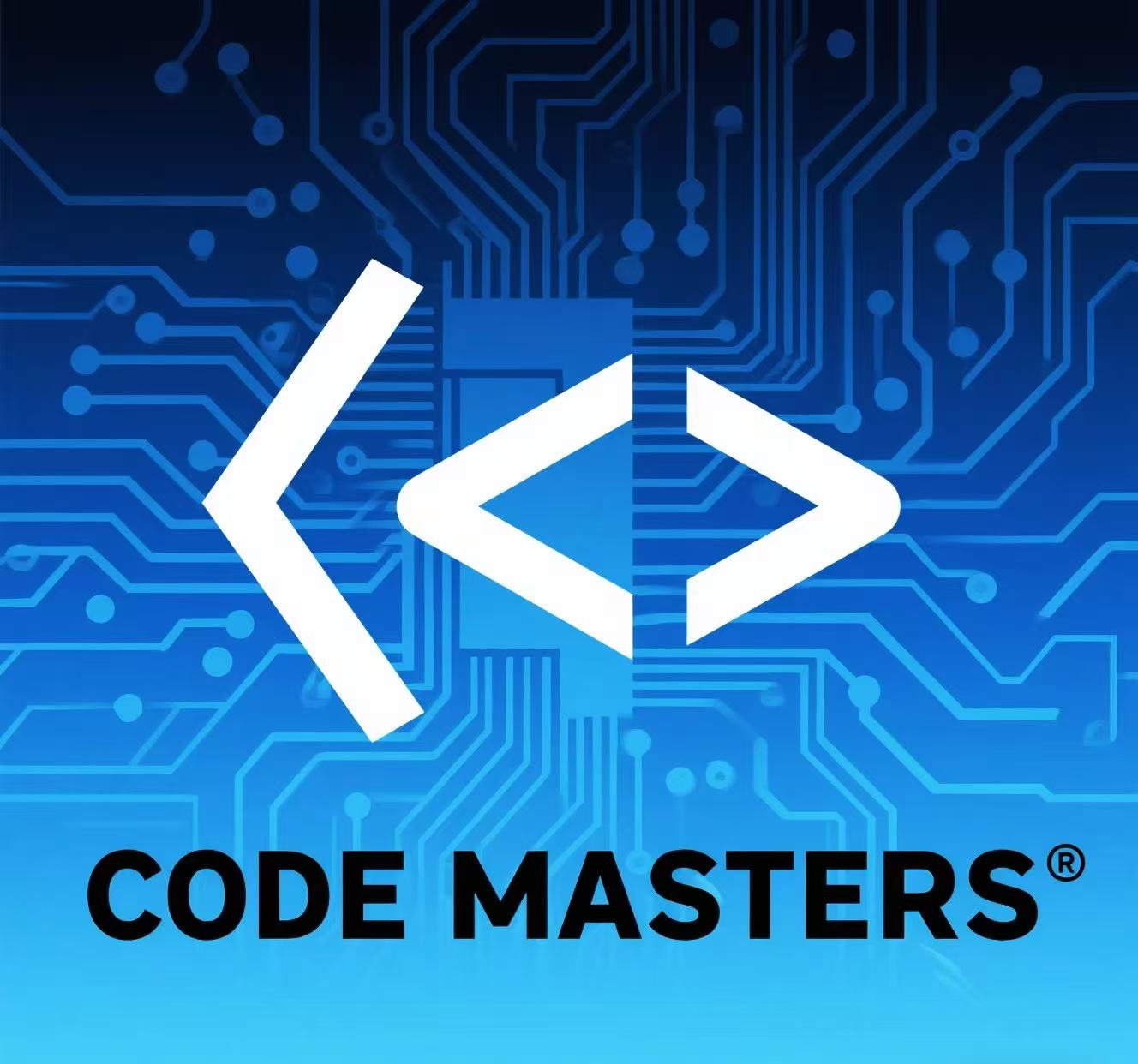Amazon SDE1 面试经验分享:Movie Player System设计题 - Oavoservice

🎤 Amazon SDE1 0624 T4Z 面经
👩💻 Candidate 在 Amazon SDE1 面试中遇到了一个经典的Movie Player System设计题。
面试官是烙印,但整体面试体验还不错!
📋 BQ 环节
BQ1: Most challenging project
- 需要说明难点在哪里
- fail to deliver result 需要强调scope
- 重点突出项目的技术挑战和解决方案
💻 Coding 环节
题目:设计一个 Movie Player System
📝 题目要求
- 每次返回一个 moviePlayList
- 每个电影有好感度(rating)
- 每次输入总时间和gapTime
- 要求总时间不超过 TargetTime
- 总好感度最高
❓ 问题分析
这是一个典型的0/1背包问题的变种:
- 物品:电影
- 重量:电影时长 + gapTime
- 价值:电影好感度
- 容量:TargetTime
💡 思路设计
使用动态规划解决0/1背包问题:
- 定义状态:dp[i][j] 表示前i个电影在时间限制j下的最大好感度
- 状态转移:dp[i][j] = max(dp[i-1][j], dp[i-1][j-time[i]] + rating[i])
- 边界条件:dp[0][j] = 0
💻 代码实现
import java.util.*;
public class MoviePlayerSystem {
static class Movie {
String name;
int duration;
int rating;
public Movie(String name, int duration, int rating) {
this.name = name;
this.duration = duration;
this.rating = rating;
}
}
public List<Movie> getOptimalPlaylist(List<Movie> movies, int targetTime, int gapTime) {
int n = movies.size();
int totalTime = targetTime;
// dp[i][j] = 前i个电影在时间j下的最大好感度
int[][] dp = new int[n + 1][totalTime + 1];
boolean[][] selected = new boolean[n + 1][totalTime + 1];
// 填充DP表
for (int i = 1; i <= n; i++) {
Movie movie = movies.get(i - 1);
int movieTime = movie.duration + gapTime; // 包含gap时间
for (int j = 0; j <= totalTime; j++) {
// 不选择当前电影
dp[i][j] = dp[i - 1][j];
// 选择当前电影(如果时间允许)
if (j >= movieTime) {
int newValue = dp[i - 1][j - movieTime] + movie.rating;
if (newValue > dp[i][j]) {
dp[i][j] = newValue;
selected[i][j] = true;
}
}
}
}
// 回溯找到最优解
List<Movie> result = new ArrayList<>();
int i = n, j = totalTime;
while (i > 0 && j > 0) {
if (selected[i][j]) {
result.add(movies.get(i - 1));
j -= (movies.get(i - 1).duration + gapTime);
}
i--;
}
Collections.reverse(result);
return result;
}
// 测试方法
public static void main(String[] args) {
MoviePlayerSystem system = new MoviePlayerSystem();
List<Movie> movies = Arrays.asList(
new Movie("Movie1", 90, 8),
new Movie("Movie2", 120, 9),
new Movie("Movie3", 100, 7),
new Movie("Movie4", 80, 6)
);
int targetTime = 300; // 5小时
int gapTime = 10; // 10分钟间隔
List<Movie> playlist = system.getOptimalPlaylist(movies, targetTime, gapTime);
System.out.println("最优播放列表:");
int totalTime = 0, totalRating = 0;
for (Movie movie : playlist) {
System.out.println(movie.name + " - 时长:" + movie.duration + "分钟, 评分:" + movie.rating);
totalTime += movie.duration + gapTime;
totalRating += movie.rating;
}
System.out.println("总时长: " + totalTime + "分钟, 总评分: " + totalRating);
}
}🚀 Follow-up 1: 优化时间复杂度
面试官问如何优化时间复杂度:
- 空间优化:使用一维数组代替二维数组,空间复杂度从O(n*W)降到O(W)
- 剪枝优化:如果当前电影时长超过剩余时间,直接跳过
- 排序优化:按单位时间好感度排序,优先考虑高性价比电影
// 空间优化版本
public List<Movie> getOptimalPlaylistOptimized(List<Movie> movies, int targetTime, int gapTime) {
int[] dp = new int[targetTime + 1];
int[] parent = new int[targetTime + 1];
Arrays.fill(parent, -1);
for (int i = 0; i < movies.size(); i++) {
Movie movie = movies.get(i);
int movieTime = movie.duration + gapTime;
// 从后往前遍历,避免重复选择
for (int j = targetTime; j >= movieTime; j--) {
if (dp[j - movieTime] + movie.rating > dp[j]) {
dp[j] = dp[j - movieTime] + movie.rating;
parent[j] = i;
}
}
}
// 回溯找到最优解
List<Movie> result = new ArrayList<>();
int time = targetTime;
while (time > 0 && parent[time] != -1) {
int movieIndex = parent[time];
result.add(movies.get(movieIndex));
time -= (movies.get(movieIndex).duration + gapTime);
}
Collections.reverse(result);
return result;
}🎯 Follow-up 2: 客户偏好约束
面试官问:"加一个constrain,每个客户preference type不一样怎么解决,比如需要看的genre"
解决方案:
- 多维度约束:在DP状态中加入genre维度
- 过滤预处理:先根据客户偏好过滤电影列表
- 权重调整:根据客户偏好调整电影好感度
static class MovieWithGenre extends Movie {
String genre;
public MovieWithGenre(String name, int duration, int rating, String genre) {
super(name, duration, rating);
this.genre = genre;
}
}
public List<Movie> getPersonalizedPlaylist(List<MovieWithGenre> movies,
int targetTime, int gapTime,
Set<String> preferredGenres) {
// 1. 过滤客户偏好的电影
List<MovieWithGenre> filteredMovies = movies.stream()
.filter(movie -> preferredGenres.contains(movie.genre))
.collect(Collectors.toList());
// 2. 根据偏好调整评分
for (MovieWithGenre movie : filteredMovies) {
if (preferredGenres.contains(movie.genre)) {
movie.rating = (int)(movie.rating * 1.2); // 偏好类型加分
}
}
// 3. 使用优化后的算法
return getOptimalPlaylistOptimized(filteredMovies, targetTime, gapTime);
}🔍 算法分析
- 时间复杂度:O(n * W),其中n是电影数量,W是目标时间
- 空间复杂度:O(W)(优化后)
- 核心思想:0/1背包问题的动态规划解法
✨ 面试官反馈
面试官对解决方案很满意:"Great approach! You've correctly identified this as a knapsack problem and provided both the basic solution and optimizations. The follow-up solutions for personalization are also well thought out."
面试技巧分享
在 Amazon SDE1 面试中,除了算法实现,面试官还会关注:
1. 问题识别能力
能够快速识别出这是一个背包问题的变种,并建立正确的数学模型。
2. 优化思维
主动思考时间复杂度和空间复杂度的优化方案。
3. 扩展性设计
能够处理follow-up问题,考虑系统的扩展性和个性化需求。
4. 代码质量
写出清晰、可读的代码,包含适当的注释和测试用例。
Oavoservice 实时辅助服务
在这次 Amazon SDE1 面试中,我们的实时辅助系统发挥了关键作用:
- 问题分析:帮助候选人快速识别背包问题的本质
- 算法指导:提供动态规划的标准解法
- 优化建议:在follow-up环节提供空间优化思路
- 扩展设计:协助设计个性化推荐系统
结语
Movie Player System虽然是一道系统设计题,但核心算法是经典的背包问题。在面试中,能够快速识别问题类型并正确实现算法是关键。同时,处理follow-up问题展现了候选人的技术深度和系统设计能力。
如果你正在准备 Amazon 或其他公司的技术面试,欢迎联系 Oavoservice。我们拥有丰富的面试经验和专业的辅助团队,能够在你最需要的时候提供及时有效的帮助。
Oavoservice - 让每一次面试都成为成功的机会!
需要辅助的同学随时dd哦,vo开始前支持mock!
